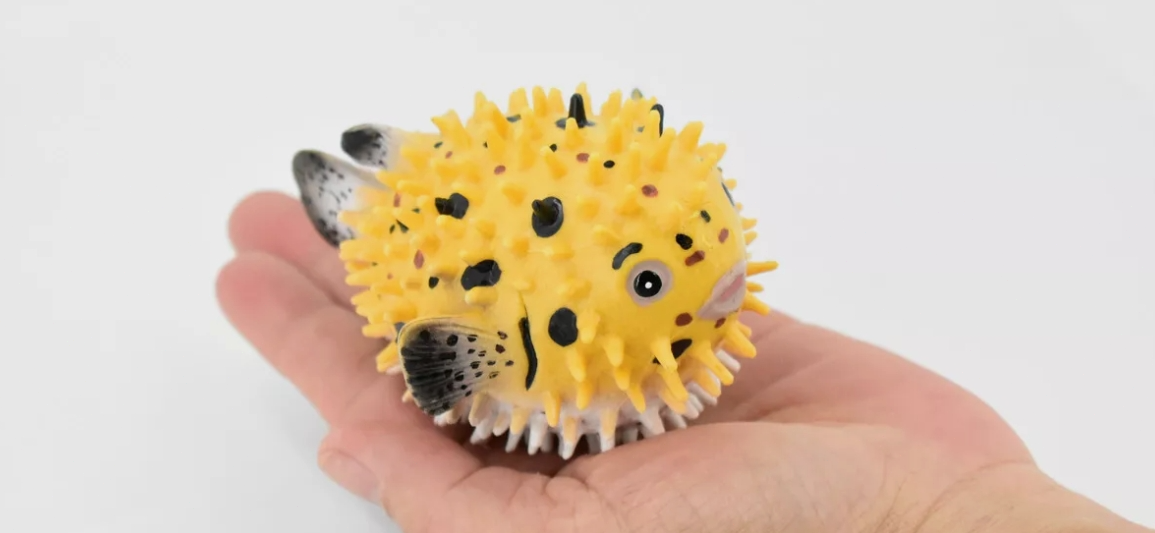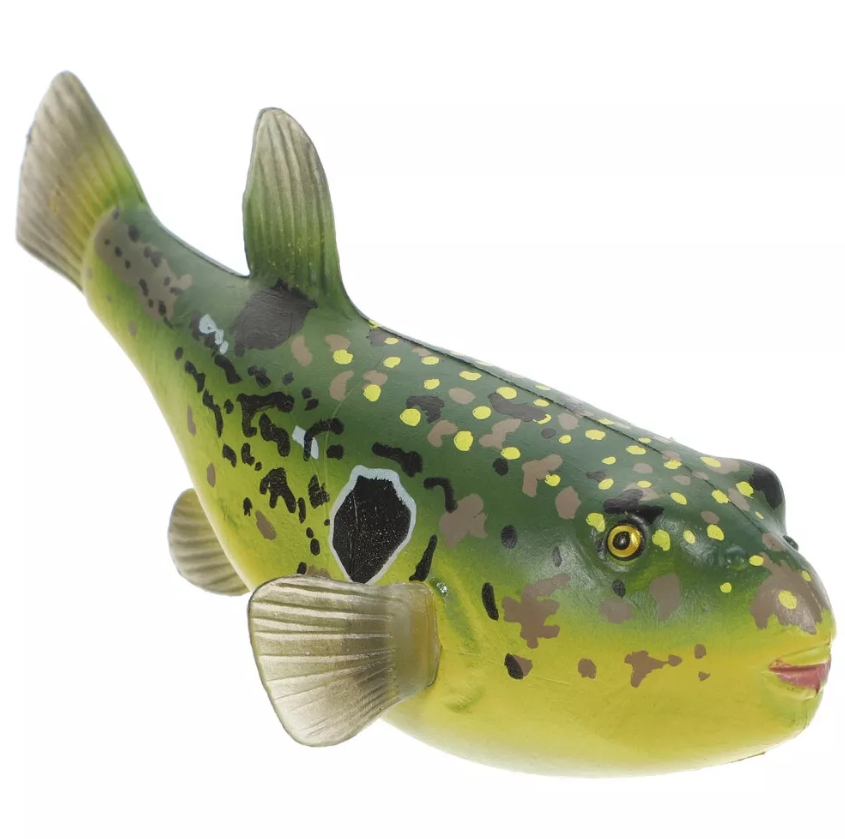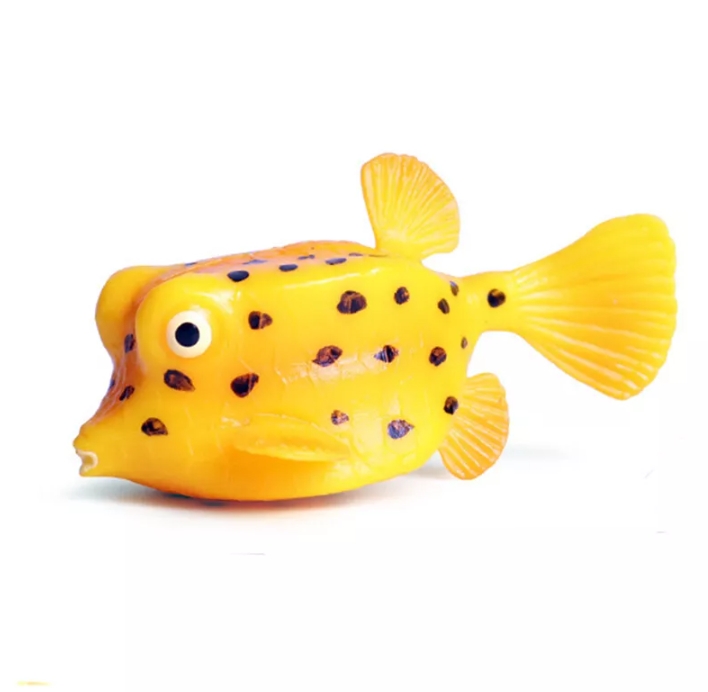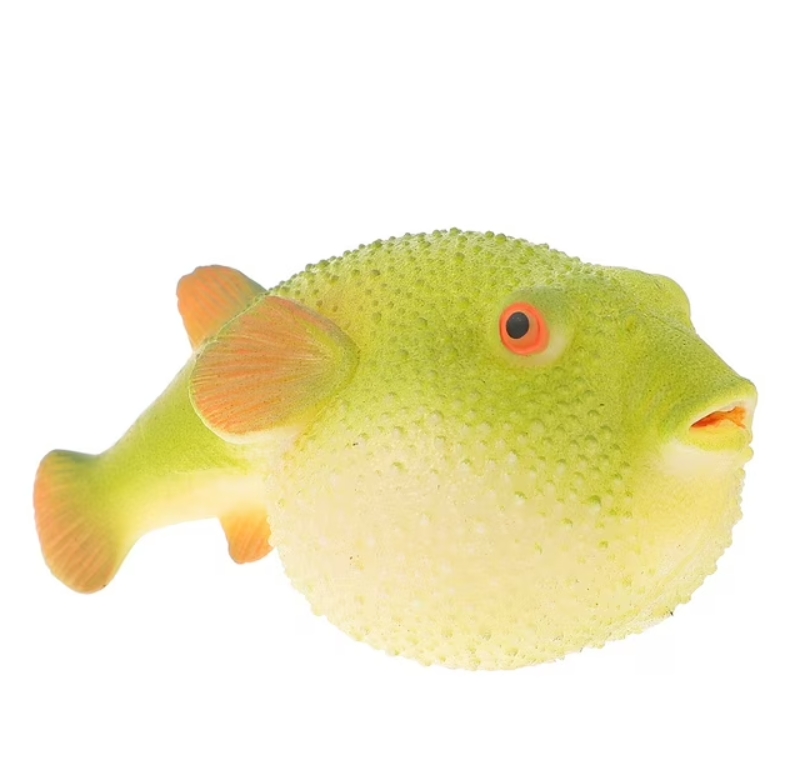The puffer fish model is a theoretical model used to explore the behavior of complex systems, derived from the survival strategies of puffer fish in nature. Puffer fish are able to rapidly expand their bodies to form a threatening shape to protect themselves when faced with predators. This survival mechanism shows the interaction between organisms and the environment in ecosystems and is important for understanding the dynamics of complex systems.
The core idea of the puffer fish model is to generate complex system behavior through simple rules and interactions. By modeling the local interactions between individuals, we can observe the emergence of self-organization. This kind of self-organization not only exists in biological groups, but also manifests in many fields such as society and economy. Behaviors such as trading, cooperation and competition tend to gradually show the dynamic characteristics of the whole in the direct interaction between individuals.
In the study, the puffer fish model is also used to explore the stability and vulnerability of network systems. For example, information transmission and virus transmission models in social networks can be analyzed with the help of this model. The interaction between individuals and neighboring nodes in a network can lead to rapid changes in the overall network, especially when external shocks occur, how to effectively cope with and adjust has become the focus of research.
In addition, the puffer fish model has also had an impact on the field of management and decision-making. Individuals in organizations often need to react quickly in the face of change and develop flexible adaptation mechanisms. This process can be modeled by individual behavior, and then the overall organization's coping strategy can be derived.




